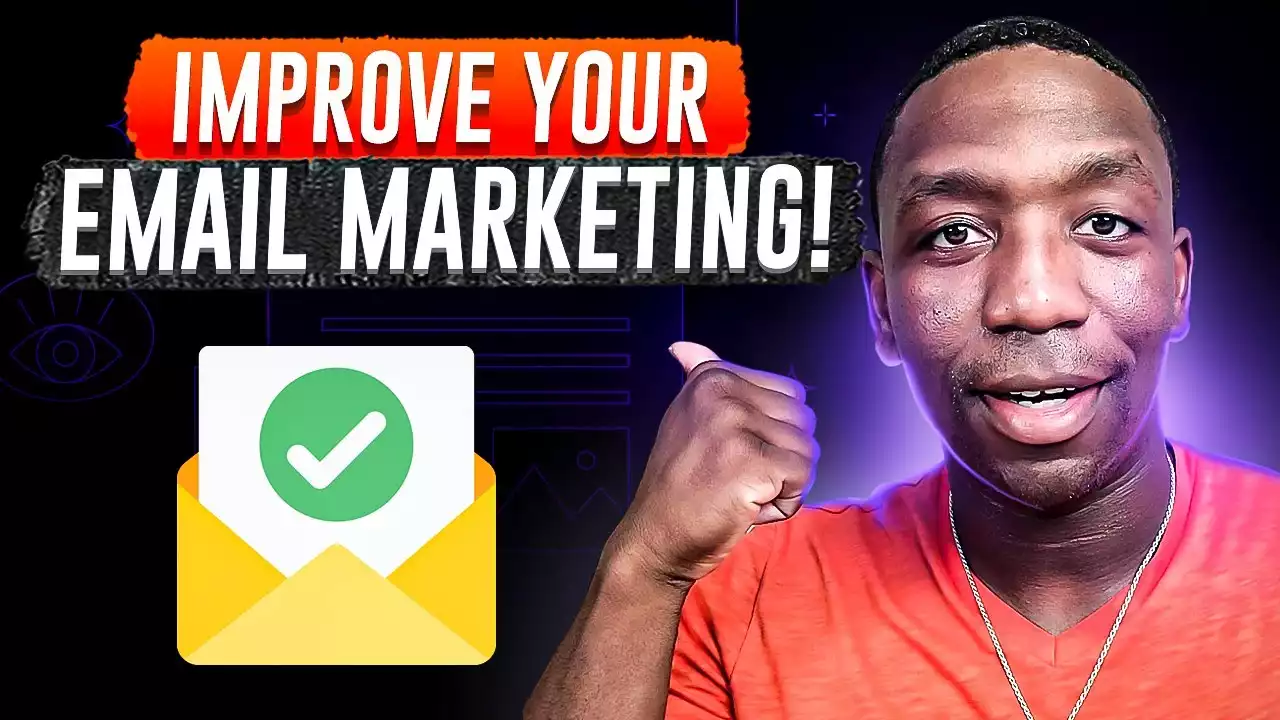The Importance of Email Subject Lines
The Subject Line is the first impression of your email, and it plays a major role in whether or not it will be opened. According to a study by Convince & Convert, 35% of email recipients open an email based on the Subject Line alone. This means that if your Subject Line isn't compelling enough, the rest of your email may never be seen. In addition to the open rate, the Subject Line also impacts your email's click-through rate (CTR), conversion rate, and overall success.
The Subject Line is also important for building trust with your audience. If your Subject Line is misleading or irrelevant to the content of your email, it can damage your brand's reputation and lead to unsubscribes. On the other hand, a relevant and consistently engaging Subject Line can help build a loyal audience and increase the chances of your messages being opened and acted on.
In short, the Subject Line is an essential part of email marketing that can impact everything from the open rate to the success of your overall campaign.
What Makes a Good Subject Line?
A good Subject Line is attention-grabbing, concise, and relevant to your audience's interests. It should be clear and to the point, while also leaving enough curiosity to entice the reader to open the email. Here are some tips for crafting effective Subject Lines:
Be Specific and Clear
Your Subject Line should clearly convey the purpose of your email and what your reader can expect to find inside. Avoid using vague or generic phrases that could apply to any email, such as "Check this out" or "Important information." Instead, be specific and use language that clearly communicates the value of your email.
Use Action-Oriented Language
Using action-oriented language in your Subject Line can help encourage your readers to take action and open your email. For example, you could use phrases like "Don't miss out" or "Limited time offer" to create a sense of urgency and entice your readers to open your email.
Keep it Short and Sweet
Most email clients display a limited number of characters in the Subject Line, so it's important to keep your Subject Line short and to the point. Aim for 50 characters or less to ensure that your entire Subject Line is visible in the reader's inbox.
Use Personalization
Personalization can help make your Subject Line more relevant and engaging to your audience. You could include the recipient's name, location, or other relevant information to make the email feel more personalized and tailored to their interests.
Avoid Spam Trigger Words
Using spam trigger words in your Subject Line can cause your email to be flagged as spam and sent to the recipient's spam folder. Avoid using words like "free," "discount," or "limited time" in your Subject Line, as these are commonly associated with spam emails.
Examples of Effective Subject Lines
To help you get inspired, here are some examples of effective Subject Lines:
- "Last chance to save 50% on your purchase"
- "5 ways to boost your productivity today"
- "Your exclusive invitation: Join us for a VIP event"
- "We have a surprise for you inside"
- "Don't miss out on this limited-time offer"
These Subject Lines are specific, action-oriented, and use language that creates a sense of urgency or curiosity.
How to Personalize Subject Lines
Personalization can help make your Subject Lines more relevant and engaging to your audience. Here are some ways to personalize your Subject Lines:
Use the Recipient's Name
Using the recipient's name in the Subject Line can help make the email feel more personalized and tailored to their interests. Many email marketing platforms allow you to automatically insert the recipient's name into the Subject Line, making it easy to personalize your emails at scale.
Segment Your Audience
Segmenting your audience based on their interests, location, or other relevant factors can help you create targeted and personalized Subject Lines. For example, you could send different Subject Lines to subscribers based on whether they've previously purchased from your brand or engaged with your content.
Use Dynamic Content
Dynamic content allows you to create different versions of your email content based on the recipient's interests or behavior. This can help you create personalized Subject Lines that are tailored to each recipient's interests.
Testing and Measuring Subject Line Success
Testing and measuring the success of your Subject Lines is essential for optimizing your email marketing strategy. Here are some tips for testing and measuring Subject Line success:
A/B Testing
A/B testing involves sending two versions of your email to a small portion of your audience and measuring which version performs better. You can test different Subject Lines, content, and formatting to determine what resonates best with your audience.
Monitor Your Metrics
Pay attention to metrics like open rates, click-through rates, and conversion rates to determine the success of your email campaigns. Use this data to refine your email marketing strategy and optimize your Subject Lines for better results.
Common Mistakes to Avoid in Subject Lines
Here are some common mistakes to avoid when crafting Subject Lines:
Being Too Vague
Vague Subject Lines can be confusing and unappealing to your readers. Be specific and clear about the purpose of your email to increase the chances of it being opened.
Being Too Salesy
Subject Lines that are overly promotional or salesy can be a turn-off to your audience. Instead, focus on creating value and building relationships with your readers.
Using Misleading Language
Misleading Subject Lines can damage your brand's reputation and lead to unsubscribes. Make sure your Subject Line accurately reflects the content of your email.
Tools to Help Optimize Subject Lines
There are many tools available to help you optimize your Subject Lines and improve your email marketing strategy. Here are some popular options:
CoSchedule Headline Analyzer
This tool analyzes your Subject Line and provides a score based on factors like word choice, length, and sentiment. It also provides suggestions for improving your Subject Line.
Send Check It
Send Check It allows you to test your Subject Line across multiple email clients and devices to ensure that it looks and functions properly for all recipients.
Litmus
Litmus provides email testing and analytics services, including the ability to test your Subject Line and preview how it will look across different devices and email clients.
Crafting Subject Lines for Different Types of Emails
Different types of emails require different Subject Lines to be effective. Here are some tips for crafting Subject Lines for different types of emails:
Promotional Emails
Promotional emails should focus on the value of your offer and create a sense of urgency or scarcity. Use action-oriented language and clear calls to action to encourage your readers to take advantage of the offer.
Newsletter Emails
Newsletter emails should be informative and engaging, with a Subject Line that entices the reader to open the email and learn more. Use curiosity-driven language and highlight the most interesting or valuable content inside.
Personalized Emails
Personalized emails should use the recipient's name or other relevant information to create a sense of connection and relevance. Use language that speaks directly to the recipient and highlights the value of the email's content.









